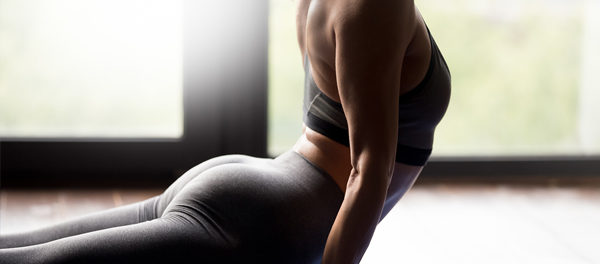Can Restorative Yoga Relieve My Stress?

For someone who’s never practiced yoga, the thought of contorting yourself may be far from your idea of relaxation and restoration. But don’t be fooled-there are several different types of yoga, and it can look different depending on the modality. While you can always try a more intense, accelerated and strenuous form of yoga to get your heart rate up and muscles working (in other words, you can always practice yoga as a workout), the practice of restorative yoga is a slightly different type of yoga that may be just the right prescription for mental catharsis, muscle relaxation, and stress relief.
What is Restorative Yoga? Restorative yoga is a slower, more restful and more passive approach to yoga that’s meant to melt away muscle tension, create space in the body, and alleviate stress. Though restorative yoga is rooted in the same discipline and includes many of the familiar and fundamental poses held during other types of yoga, the intention is a bit different: Restorative yoga is less about building strength or working up a sweat than it is about deep mental and physical relaxation. So during a typical session of restorative yoga, either at home or an in-person class, you’ll likely hold just a few-often very few-tension-relieving stretches and positions for longer than you might for, say, energizing vinyasa yoga (which flows from pose to pose more fluidly and quickly). You’ll likely pay close attention to the breath while maintaining one pose: breathing deeply into each stretch, decompressing tense areas, focusing on what you feel and think, and cultivating a connection between brain, breath, and body. Restorative yoga often incorporates helpful props-such as yoga blocks or bricks, pillows or bolsters, or a blanket or towel-that support the body in various poses. You might also use straps or bands to help hold, lengthen, or deepen specific stretches.
Excerpted from Real Simple













